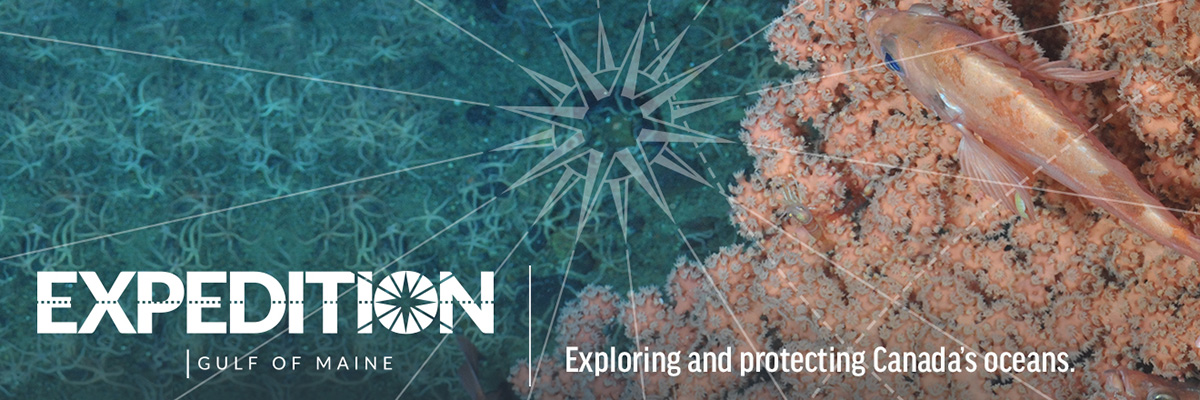Gulf of Maine Expedition Update
Exploration of the Gulf of Maine with the goal of discovering new species and habitats in need of protection
From June 8th to 22nd, 2017, ROPOS was mobilized onboard the NOAA Ship Henry. B. Bigelow for an international expedition to explore the Gulf of Maine.
Scientists, researchers, students and technicians from Dalhousie University and Memorial University lead the Canadian leg of the expedition, funded by the Natural Sciences and Engineering Research Council of Canada (NSERC). Together with researchers from the U.S. National Oceanic and Atmospheric Administration (NOAA), they explored the unique Gulf of Maine ecosystems with the goal of discovering new species and habitats in need of protection.
This expedition included surveys of unexplored areas, yet-to-be-named canyons and steep edges of the continental slope. Researchers collected evidence on the Gulf of Maine’s sea floor to support Canada’s marine conservation targets. A previous expedition to the Gulf of Maine with ROPOS on board the Bigelow in 2014 has already led to the creation of new marine habitat conservation areas in 2016.
“This is a continuation of a very successful and productive cross-border collaboration that started in 2011, based on the simple fact that animals do not recognize national borders. As scientists, we recognize that if we are to understand the ecology and effectively protect species, we need to also see beyond these borders,” said Anna Metaxas, deep-sea biologist and oceanographer from Dalhousie University. “The information on deep-water corals we collected in our previous cruise was directly applied by ocean managers. We hope to continue to provide scientific evidence that can be used for the design of an effective network of Marine Protected Areas, as mandated by the Canadian government.”
Dr. Peter Lawton echoes this sentiment: “For more than a decade, Anna Metaxas, Paul Snelgrove and I, along with marine science graduate students, have been able to bring sophisticated deep-water ocean survey technology to the region to explore marine areas that are of significant interest. That linkage has been further strengthened by our recent collaboration with U.S. governmental and academic scientists, leading up to this second joint mission.”
Live Broadcast
ROPOS's Marine Satellite Communication System
During this cruise, people from all over the world had the opportunity to explore the ocean with world-leading researchers and ROPOS through a live video broadcast of the daily exploratory transects at each dive site. The audience was provided with fascinating commentary, lectures, and Q&A sessions as ROPOS flew over never-seen-before sea floor. Thanks to Oceana Canada, who funded the broadcast, highlights of these captivating videos can be seen through their Gulf of Maine website.
The technology that allowed this broadcast was provided by ROPOS and includes our marine telecommunication system and highly efficient video encoders. CSSF began broadcasting dives back to shore in 2008 but we’ve now overhauled our systems to allow for significantly faster speeds at a lower price and the use of live streaming platforms such as UStream™, YouTube™, and Facebook Live™. Additionally, the system is used to provide internet access and VOIP services.

